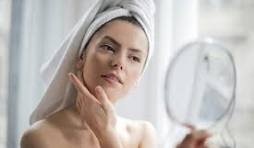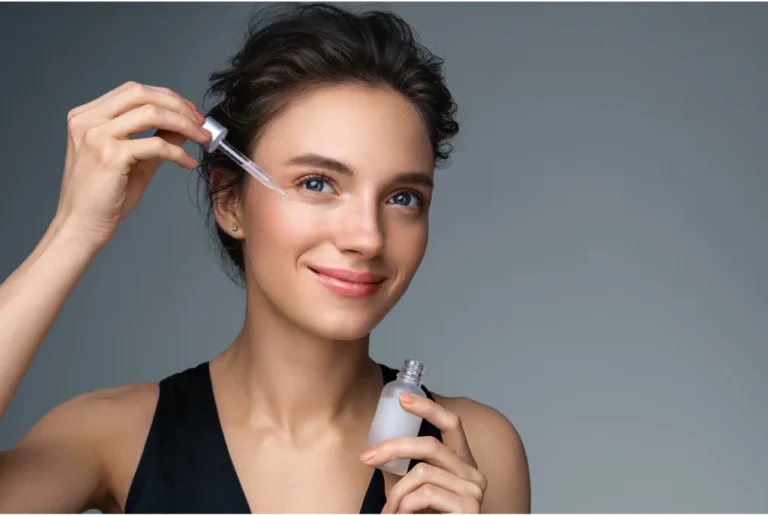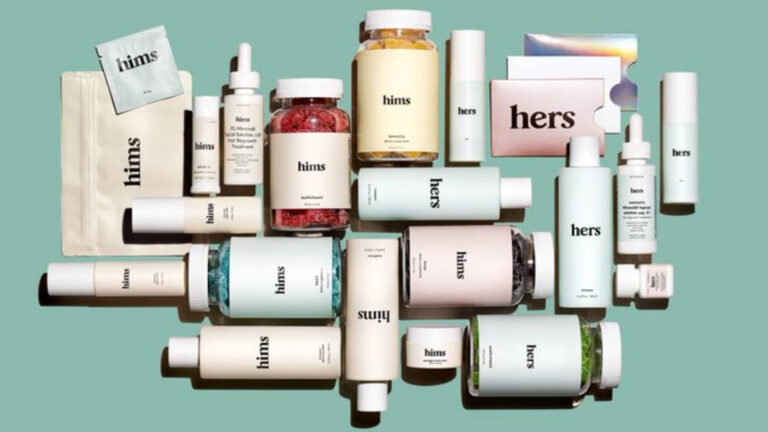Can an LED Therapy Face Mask Really Transform Your Skin? By AboveInsider

What Is an LED Therapy Face Mask?
LED therapy face masks are non-invasive wearable skincare devices that use specific light wavelengths—like red, blue, green, and near-infrared (NIR)—to treat common skin concerns such as acne, wrinkles, inflammation, and hyperpigmentation. These masks are inspired by NASA’s light therapy research, where red and infrared light were used to heal wounds in space. Today, that same science powers consumer-grade devices used in homes and dermatology clinics across the United States. Did you know? LED therapy is also known as photobiomodulation—a light-based process that stimulates skin cells at the mitochondrial level to accelerate repair and rejuvenation.How Do LED Face Masks Work?
LED masks emit low-level light energy that penetrates the skin at various depths. This light activates your skin’s mitochondria, encouraging faster cell turnover, collagen production, and anti-inflammatory effects.Wavelengths Explained:
- Red Light (630–660nm): Boosts collagen, smooths fine lines, improves elasticity
- Blue Light (405–420nm): Kills acne-causing bacteria (C. acnes)
- Green Light (520–530nm): Reduces pigmentation and evens skin tone
- Near-Infrared Light (850nm+): Heals deeper tissues, reduces inflammation
Why Are LED Masks So Popular in the USA (2025 Skincare Trends)?
 According to the American Academy of Dermatology, over 50 million Americans struggle with acne, while signs of premature aging like wrinkles and dark spots are on the rise—especially due to screen exposure, stress, and environmental damage.
Americans are shifting toward non-invasive, at-home solutions. LED masks fit perfectly in this category by offering:
According to the American Academy of Dermatology, over 50 million Americans struggle with acne, while signs of premature aging like wrinkles and dark spots are on the rise—especially due to screen exposure, stress, and environmental damage.
Americans are shifting toward non-invasive, at-home solutions. LED masks fit perfectly in this category by offering:
- Minimal risk
- No downtime
- Long-term results
- Cost savings over clinic visits
Benefits of Using an LED Therapy Mask
LED masks offer a range of science-backed skincare benefits when used consistently (3–5 times per week for 10–20 minutes).Skin Benefits by Use Case:
- Reduce fine lines and wrinkles by stimulating collagen
- Clear acne by killing bacteria and calming redness
- Brighten dull skin and promote even tone
- Fade pigmentation and dark spots (especially post-acne)
- Enhance skin firmness and elasticity
- Reduce inflammation and speed up skin healing
Are LED Masks Safe? (FDA-Approved Devices in the USA)
 Yes, LED face masks are generally safe for all skin types when used correctly. In the United States, the Food and Drug Administration (FDA) has cleared multiple home-use LED devices.
Yes, LED face masks are generally safe for all skin types when used correctly. In the United States, the Food and Drug Administration (FDA) has cleared multiple home-use LED devices.
Safety Checklist:
- Only buy FDA-cleared models
- Avoid use if you have epilepsy or light sensitivity
- Follow instructions to avoid overuse
- Avoid cheap knock-offs—use trusted brands
Cost Comparison: At-Home Masks vs. In-Clinic Treatments
LED face masks are available in a wide range of price points and intensities.| Option | Cost | Treatment Strength | Where to Buy |
| At-Home Masks | $150–$400 | Mild to Moderate | Amazon, Sephora, Ulta |
| In-Clinic Treatments | $200+ per session | Medical Grade | Dermatology Clinics (NYC, LA, Miami) |
How to Use an LED Mask Correctly (Step-by-Step Guide)
Consistency is key. Here’s how to get the best results:- Cleanse your face
- Apply hydrating serum (optional)
- Wear the LED mask for 10–20 minutes
- Follow with moisturizer
- Always wear sunscreen if used during the day
- Repeat 3–5 times per week
At-Home LED Masks vs. Professional Clinic Devices
| Feature | At-Home LED Mask | Professional Treatment |
| Cost | One-time purchase | $200+ per session |
| Time | 15–20 minutes | 30–60 minutes |
| Power | Moderate | High |
| Convenience | Home use | Clinic only |
| Best For | Consistent upkeep | Quick visible results |
Frequently Asked Questions
1. What do professionals think of LED masks for facial treatments?
Dermatologists and skincare professionals generally view LED masks as a safe and effective non-invasive treatment for common skin concerns. Clinical studies suggest that red light can boost collagen production and reduce fine lines, while blue light helps control acne-causing bacteria. Many estheticians recommend them as a supportive at-home option that complements in-clinic treatments. However, professionals emphasize that results are gradual and work best when combined with a consistent skincare routine and healthy lifestyle.2. What type of people should avoid using LED masks?
LED masks are generally safe, but not suitable for everyone. People who should avoid them include:- Those with photosensitive conditions (e.g., lupus, epilepsy).
- Individuals taking light-sensitive medications (certain antibiotics, Accutane, or chemotherapy drugs).
- Pregnant women (unless cleared by a doctor).
- People with active skin infections, open wounds, or severe rosacea.
3. Is a light therapy mask a good investment?
Yes, for many people a light therapy mask can be a worthwhile investment. While results vary, consistent use has been shown to:- Improve skin texture, tone, and elasticity.
- Reduce acne breakouts and inflammation.
- Support anti-aging goals by stimulating collagen.


